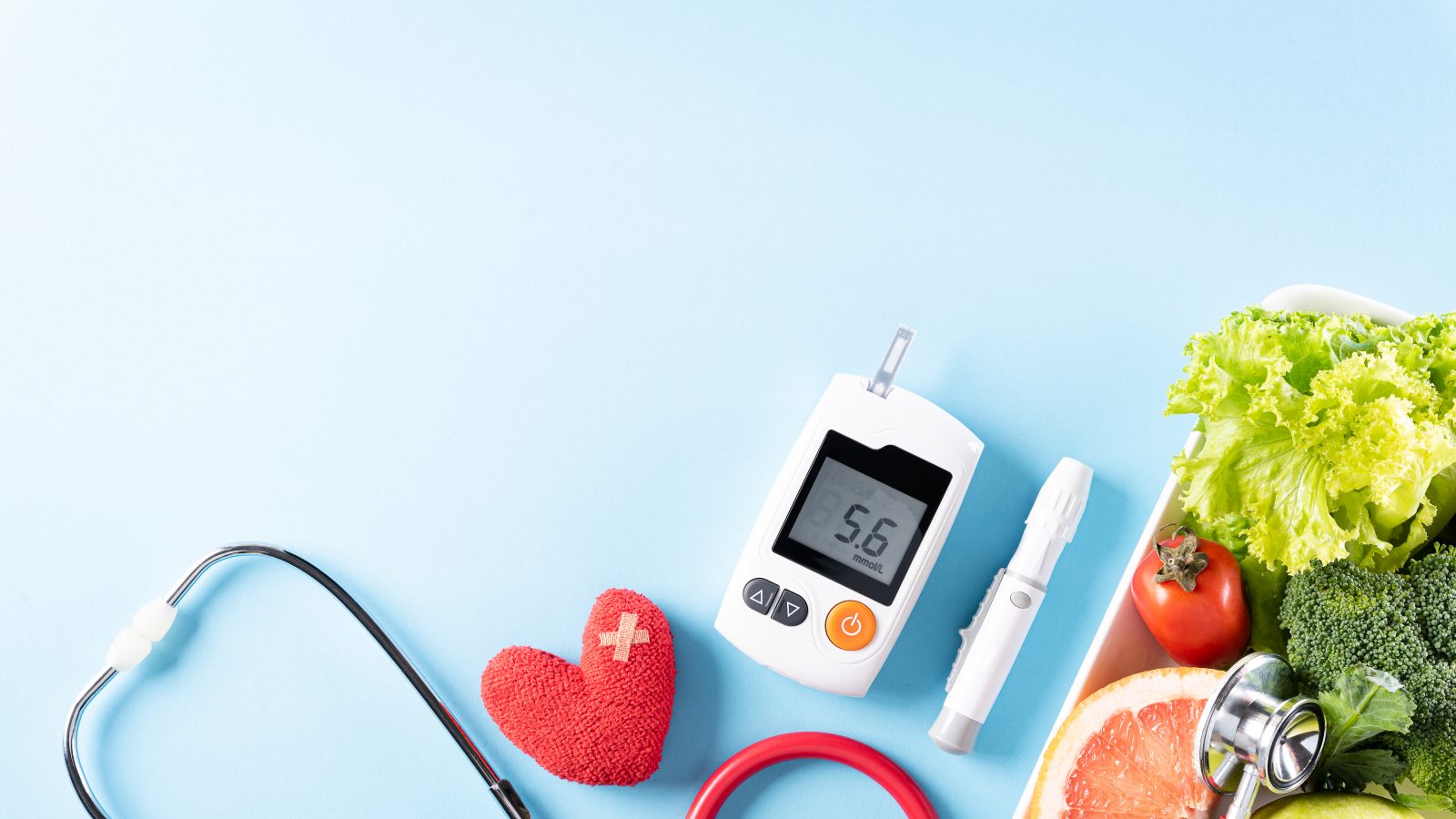Last Updated: February 06, 2023, 07:04 IST
It’s important to be mindful of the connection between type 2 diabetes (T2DM) and cancer to ensure prompt screening and early diagnosis for better outcomes in people with T2DM
Despite the lack of a definite direct relationship between high blood sugar and cancer, people living with Type 2 Diabetes Mellitus are at an increased risk
The ailment that people are most afraid of worldwide is still cancer. 9.6 million people, or one in six individuals worldwide, died from it in 2018 as per a WHO report. In the meantime, diabetes (high blood sugar), if untreated, can have a catastrophic effect on our heart, kidneys, and other organs. Despite the lack of a definite direct relationship between high blood sugar and cancer, people living with Type 2 Diabetes Mellitus (T2DM) are likely to have a significantly increased risk of some types of cancer like cancers related to pancreas, liver, gut, breast and endometrium. It’s important to be mindful of the connection between type 2 diabetes (T2DM) and cancer to ensure prompt screening and early diagnosis for better outcomes in people with T2DM.
Given the probable link between diabetes and cancer, it is important to understand potential mechanisms, especially in T2DM, responsible for this increased predisposition to certain cancers. Dr. Pratap Jetwani, Joint Secretary and Dr. Sanjay Agarwal, Joint, Secretary, National RSSDI share these mechanisms:
- Elevated levels of insulin (hyper insulin emus) and some growth factors (like IGF) which can increase the chance of developing pancreatic, colorectal, endometrial, and bladder cancers.
- Persistent inflammation: T2D and obesity may result in chronic low-grade inflammation, which can also contribute to increased risk of cancer through several mechanisms.
- Obesity and overweight: These two disorders, through their association with insulin resistance with subsequent hyper insulin emus and cellular inflammation, can predispose people to cancer.
- Hyperglycemia can increase the risk of cancer through an increase in free radicals and other reactive chemicals being termed as increased oxidative stress.
Also Read: Know Interesting Medicinal Facts About Hibiscus Flower
Dr Agarwal and Dr Jetwani explain five recommendations to lower your risk of developing cancer, especially if you have T2DM:
- Keep your body fat within a healthy range: Excess fat has been related to both diabetes and many malignancies. Inflammatory cytokines can develop as a result of elevated blood glucose levels resulting from insulin resistance induced by abdominal obesity.
- Consume more fruits, vegetables, legumes, and whole grains: A plant-based diet has been demonstrated to lower the risk of cancer. High levels of dietary fibre and minerals found in plants can provide some protection against cancer development.
- Limit your intake of red meat and all processed meats: Eating meat every day can up your risk of colorectal cancer by 17%. Aim to replace meat (salted, smoked, or preserved) with legumes and high fiber foods.
- Avoid alcohol: Alcohol is a poisonous substance with potential for dependence and it is a group 1 carcinogen according to the International Agency for Research on Cancer. At least seven different types of cancer (including bowel and female breast cancer) are associated with alcohol ingestion.
- Avoid sedentary lifestyles: Regular physical activity lowers body fat, controls diabetes, and lowers risk of certain cancers, particularly endometrial, colorectal, and postmenopausal breast cancers. People living with T2DM are advised for brisk walking for at least 30 minutes each day, among other forms of exercise.
- Quit Smoking: Smoking is linked to certain types of cancer including lung cancer, in addition to increasing the risk of cardiovascular disease (CVD) in people living with T2DM. They should be encouraged to quit smoking to lower their risk of developing both CVD and cancer.
Read all the Latest Lifestyle News here


